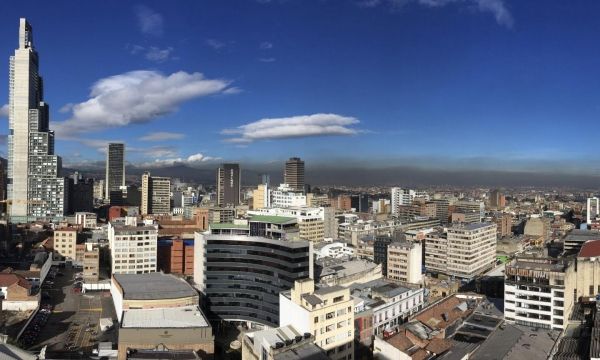Computational models of air quality have long been used to shed light on pollution control efforts in the United States and Europe, but the tools have not found widespread adoption in Latin America. New work from North Carolina State University and Universidad de La Salle demonstrates how these models can be adapted to offer practical insights into air quality challenges in the Americas outside the U.S.
Computational air quality models can be used in multiple ways. For example, they can be used to determine which sources are responsible for what fraction of air pollution. They can also help authorities predict how air pollution might change if different pollution control methods are adopted.
“Historically, it’s been very challenging to apply these modeling tools in Latin America, so it has rarely been done,” says Fernando Garcia Menendez, corresponding author of a paper on the work and an assistant professor of environmental engineering at NC State. “This is important because the region has many areas that are dealing with significant air pollution, and these modeling tools can help governments identify the most cost-effective ways of achieving air quality improvements.”
Read more at: North Carolina State University
Computational models of air quality have long been used to shed light on pollution control efforts in the United States and Europe, but the tools have not found widespread adoption in Latin America. New work from North Carolina State University and Universidad de La Salle demonstrates how these models can be adapted to offer practical insights into air quality challenges in the Americas outside the U.S. The research focuses on air quality in Bogotá, Colombia. (Photo Credit: James East)


